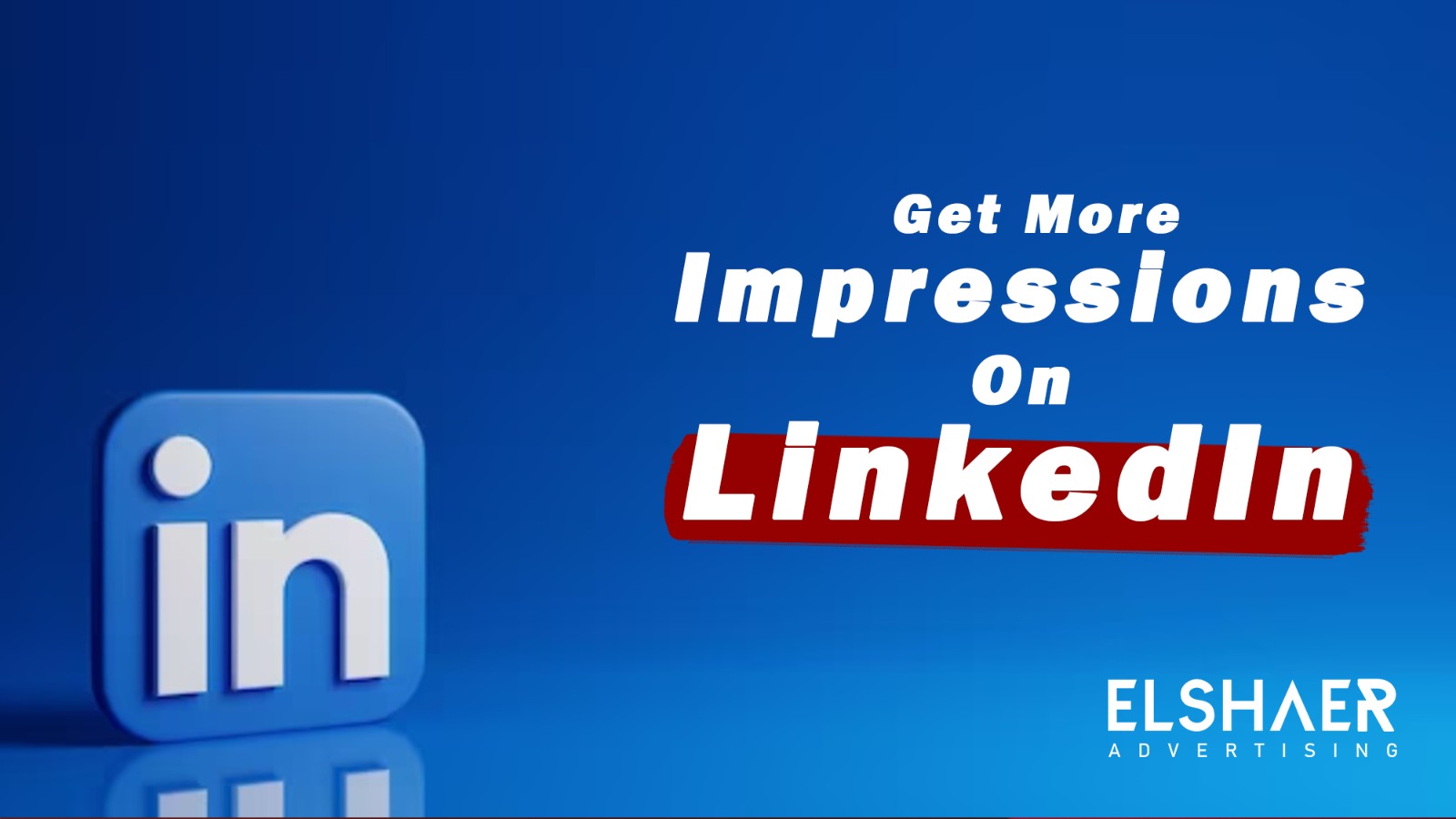How to Get More Impressions on LinkedIn
To increase impressions on LinkedIn, optimize your profile, post consistently with quality content, use rich media, include relevant hashtags, engage with others, post at peak times, craft compelling headlines, share personal stories, write LinkedIn articles, use keywords, build a targeted network, promote your profile, and participate in LinkedIn groups. Authenticity, value, and engagement are crucial for long-term success on the platform.
The Importance of LinkedIn Impressions
LinkedIn impressions are more than just numbers; they play a crucial role in shaping your personal and professional brand. Think of your LinkedIn profile as a digital business card, and impressions as the number of times that card is viewed. Whether you’re a job seeker, entrepreneur, or professional, higher impressions translate to increased visibility and opportunities. Entrepreneurs can use impressions to boost brand awareness, while professionals can expand their thought leadership by reaching a wider audience. The more impressions you accumulate, the more likely you are to be noticed and remembered within the LinkedIn community. Overall, managing and understanding your LinkedIn impressions is essential for building a strong online presence and reaping the associated benefits.
Attracting Attention on LinkedIn
Mastering LinkedIn Visibility
To enhance your visibility on LinkedIn, it’s crucial to adopt a proactive approach beyond just accumulating impressions. Strategically expand your network by reaching out to individuals within your industry or those who share similar interests. Also, personalize your connection requests with a concise message expressing your eagerness to connect and outlining the potential mutual benefits.
Another key point, ensure your profile stands out by showcasing your accomplishments and projects. Leverage LinkedIn’s dedicated sections for publications, projects, and honors to provide a comprehensive overview of your professional journey and achievements.
In addition, when engaging with others on the platform, tailor your responses to the specific content or context. As a matter of fact, this not only underscores your genuine interest but also increases the likelihood of others noticing and remembering you in the professional sphere.

LinkedIn Profile Optimization
Crafting a strong LinkedIn profile is essential for making a positive first impression and attracting professional opportunities. Here’s a guide to optimizing your LinkedIn profile:
1. Headline:
Your headline is your professional tagline. Keep it attention-grabbing and concise.
Use keywords relevant to your industry and skills.
2. Summary:
Provide a snapshot of your professional journey, highlighting key achievements and skills.
Keep it concise yet engaging. Aim for 3-5 paragraphs.
Showcase your unique value proposition.
3. Skills:
List your core skills, focusing on those relevant to your current goals.
Regularly update and expand this section to reflect new skills or experiences.
4. Endorsements:
Actively seek endorsements from colleagues and connections.
Give endorsements to others, especially for skills you genuinely believe they excel in.
This mutual exchange boosts credibility.
5. Experience:
Highlight the key accomplishments for each role.
Quantify achievements where possible (e.g., “Increased website traffic by 30%”).
Use action verbs to start bullet points for impact.
6. Education:
Include details about your educational background, emphasizing relevant degrees or certifications.
7. Profile Picture and Banner:
Use a professional, high-quality headshot. Dress professionally and maintain a friendly expression.
Choose a banner image that aligns with your professional identity (e.g., a relevant work setting or industry-related image).
8. Recommendations:
Request recommendations from colleagues or supervisors who can speak to your strengths.
Offer to write recommendations for others, fostering a reciprocal relationship.
9. Activity and Engagement:
Regularly share industry-related articles, insights, or updates.
Engage with your network’s content by commenting and sharing.
10. Contact Information:
Ensure your contact details are up-to-date and easily accessible.

Strategies to Boost Impressions
1. Consistent Posting Schedule:
Establish a consistent posting schedule to keep your audience engaged. This could be daily, a few times a week, or whatever frequency aligns with your goals.
2. Diversify Content Types:
Share a variety of content types, such as text posts, images, videos, and documents. This appeals to different preferences within your audience.
3. Quality Over Quantity:
Prioritize quality content over quantity. Each post should provide value, whether it’s through industry insights, tips, or personal experiences.
4. Optimize Post Timing:
Understand the peak times when your audience is most active on LinkedIn. Also, schedule your posts during these times to increase visibility.
5. Engage with Your Network:
Respond promptly to comments on your posts, and engage with content from others in your network. Certainly, this reciprocal interaction can enhance your visibility in the LinkedIn algorithm.
6. Utilize Hashtags:
Incorporate relevant hashtags into your posts to increase discoverability. Also, research popular hashtags in your industry and include them strategically.
7. Craft Compelling Headlines:
Capture attention with compelling headlines. A well-crafted headline encourages users to click on your post, leading to higher engagement.
8. Leverage LinkedIn Features:
Take advantage of LinkedIn features such as LinkedIn Live, carousels, and polls. Certainly, these features can increase the visibility of your content.
9. Optimize Your Profile:
Ensure your LinkedIn profile is complete and reflects your expertise. A professional and engaging profile encourages more users to connect and engage with your content.
10. Encourage Conversations:
Craft posts that stimulate discussions. Pose questions, seek opinions, or share experiences to encourage your audience to engage with your content.
11. Analytics and Iteration:
Regularly analyze the performance of your posts using LinkedIn analytics. Identify what works well and adjust your strategy accordingly for continuous improvement.
12. Collaborate and Network:
Collaborate with others in your industry or network. Tag relevant individuals or companies in your posts to increase visibility to their audiences.

LinkedIn Analytics
LinkedIn analytics provides a wealth of information that can offer valuable insights into the performance of your profile and content. Regularly reviewing these analytics is crucial for understanding what resonates with your audience, allowing you to refine your strategy accordingly.
Key areas to focus on include:
Demographics: Understand the demographics of your audience, such as location, industry, and job function. This information helps you tailor your content to better connect with your target audience.
Post Performance: Analyze the performance of individual posts. Also, identify which types of content receive the most impressions, likes, comments, and shares. This data can guide your content strategy by highlighting what engages your audience.
Trends Over Time: Monitor trends in your analytics over time. Identify patterns and correlations between specific types of content and engagement levels. Also, adjust your posting schedule or content strategy based on these insights.
Conclusion
Finally, remember that while analytics provide valuable feedback, the ultimate goal is not just to increase numbers but to make meaningful connections, share valuable insights, and establish yourself as a standout professional in your field. Also, consistency and genuine engagement are keys to success on LinkedIn. As you stay consistent and engaged, you’ll likely see an increase in your LinkedIn impressions and overall impact.
